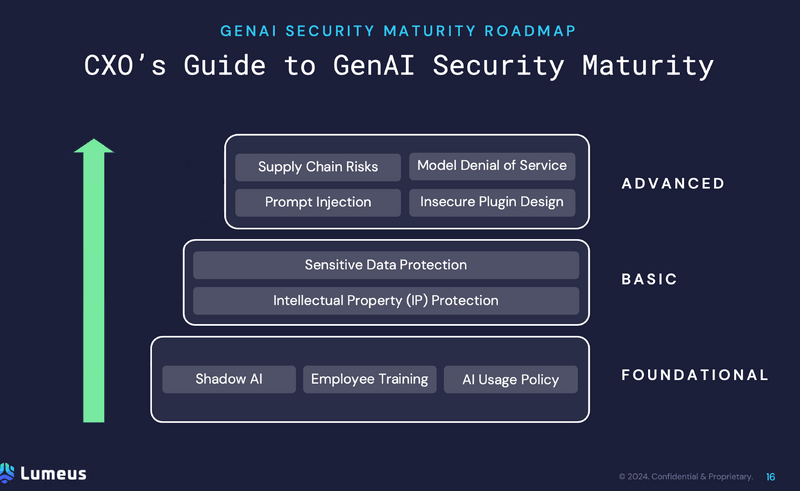
This is the first of a series of articles we will be writing on making sense of the excitement surrounding AI.
By Jeff Richards, Managing Partner
We are all familiar with the Gartner hype cycle that was introduced in 2004. Last summer Gartner released the hype cycle curve for artificial intelligence. In our experience, the industry seems to be tracking to it. So far we’ve seen many a proof of concept and small pilots, but have not seen much in the way of real results across industries.
This fast moving technology cycle has no doubt created anxiety for many execs who fear that their companies will be “left behind” if they don’t move quickly. Others have Boards and Leadership teams pressing for answers for what AI means for their companies. Some CIOs think they should know the answer but don’t.
As the CIO, how do you deal with all of the buzz that has been created around AI?
How do you avoid falling from the peak of inflated expectations into the trough of disillusionment?
You start by managing those expectations like you always have as a CIO. We hear senior IT executives getting pulled into the frenzied discussion of leading technologies and what works best. It is easy as technologists to engage in the details of a new technology.
However, as executives that’s not really our job. We need to understand it well enough to ask insightful questions and understand how to use it to the company’s advantage. We need to focus on the bigger picture of governance and risk. This is what will allow our team to do what we hired them to.

Our friends at Lumeos presented a Security Maturity Model for GenAI to a discussion amongst two dozen senior IT executives. They had been engaged in the pros and cons of different large language models and other technologies. This slide allowed me to lessen the anxiety and uplevel the conversation to say that AI is no different than introducing any new technology.
- Foundational –- You need to set the foundation by stating usage policy, training people and being vigilant for “shadow” initiatives.
- Basic – This is followed by ensuring that data protections are in place for intellectual property, personally identifiable information and other sensitive data.
- Advanced – Lastly, you need to secure your “software supply chain,” guard against bad actors sending things like prompt injections and model denial of service attacks.
In the big picture these steps are the ones we have always followed. The technology in question requires adaptation to the tools, but the approach is not new.
The conversation should be the same one we have always had as CIOs. What is the use case that the business would like us to explore? The AI adoption curve is no different from any other new technology we have introduced in our careers – it is just moving a little faster. It is nothing you can’t handle. As the British say, “Keep calm and carry on.”
About Jeff Richards
Jeff leads our Professional Services team of CIOs, CTOs, CSOs and Big 4 consulting partners to deliver to “big picture” strategy and then drive it down to executable tactics for implementation for our clients. Clients benefit from Jeff’s 25+ years of experience developing and implementing transformative business strategies.
Jeff’s experience spans both industry (including Materials, Operations and IT Management) and consulting. He developed a unique global perspective during his tenure in significant P&L management-level positions in both Asia and Europe. He has held the CIO title twice, once in the semiconductor industry and once in a large regional nonprofit.
About CIO Professional Services
Based in the San Francisco Bay area, CIO Professional Services LLC is a top-rated Information Technology (IT) consulting firm focused on integrating Business and Information Technology. Our consultants are all hands-on executives who are veteran CIOs and Partners of Big 4 consulting firms. Companies come to us seeking assistance with their information technology strategy as well as for interim or fractional CIO / CTOs, and negotiation and program management/project rescue assistance.


